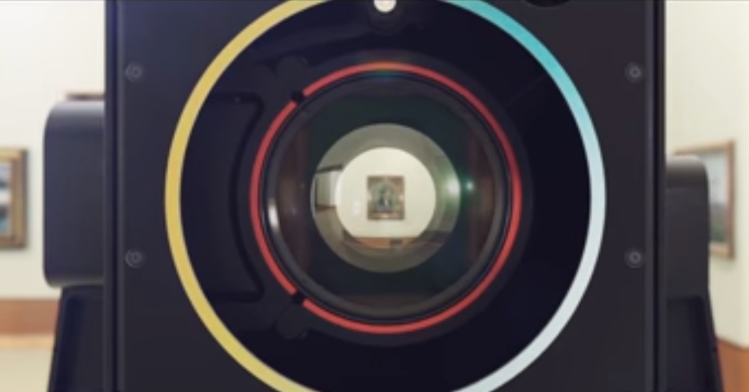Google has worked with a myriad of cultural institutions over the past five years to digitize offline exhibits and bring them to the online masses. The Google Cultural Institute has helped document the history of cinema, world wonders, the fall of the Iron Curtain, and much more.
Now, the Internet giant is going the extra mile to try to capture real-world artworks in all their splendor with its own custom-built gigapixel “Art Camera,” a robotic device that guides the camera automatically and is designed to capture ludicrously high-resolution imagery more easily. It’s all about letting people zoom in to appreciate the fine grains of the canvas upon which a painter created their masterpiece.
“To make sure the focus is right on each brush stroke, it’s equipped with a laser and a sonar that — much like a bat — uses high frequency sound to measure the distance of the artwork,” said Ben St. John, an engineer at the Google Cultural Institute, in a blog post. “Once each detail is captured, our software takes the thousands of close-up shots and, like a jigsaw, stitches the pieces together into one single image.”
Before now, Google had created some 200 gigapixel images for the cultural institute, but it’s a laborious and complex process that’s dependent on expensive equipment operated by a handful of experts. With the Art Camera now in tow, Google says that it’s dispatching a fleet of these wonder machines to museums around the world gratis. The Internet giant has also now published a thousand of these new high-res images for the public.
VentureBeat's mission is to be a digital town square for technical decision-makers to gain knowledge about transformative enterprise technology and transact. Learn More

